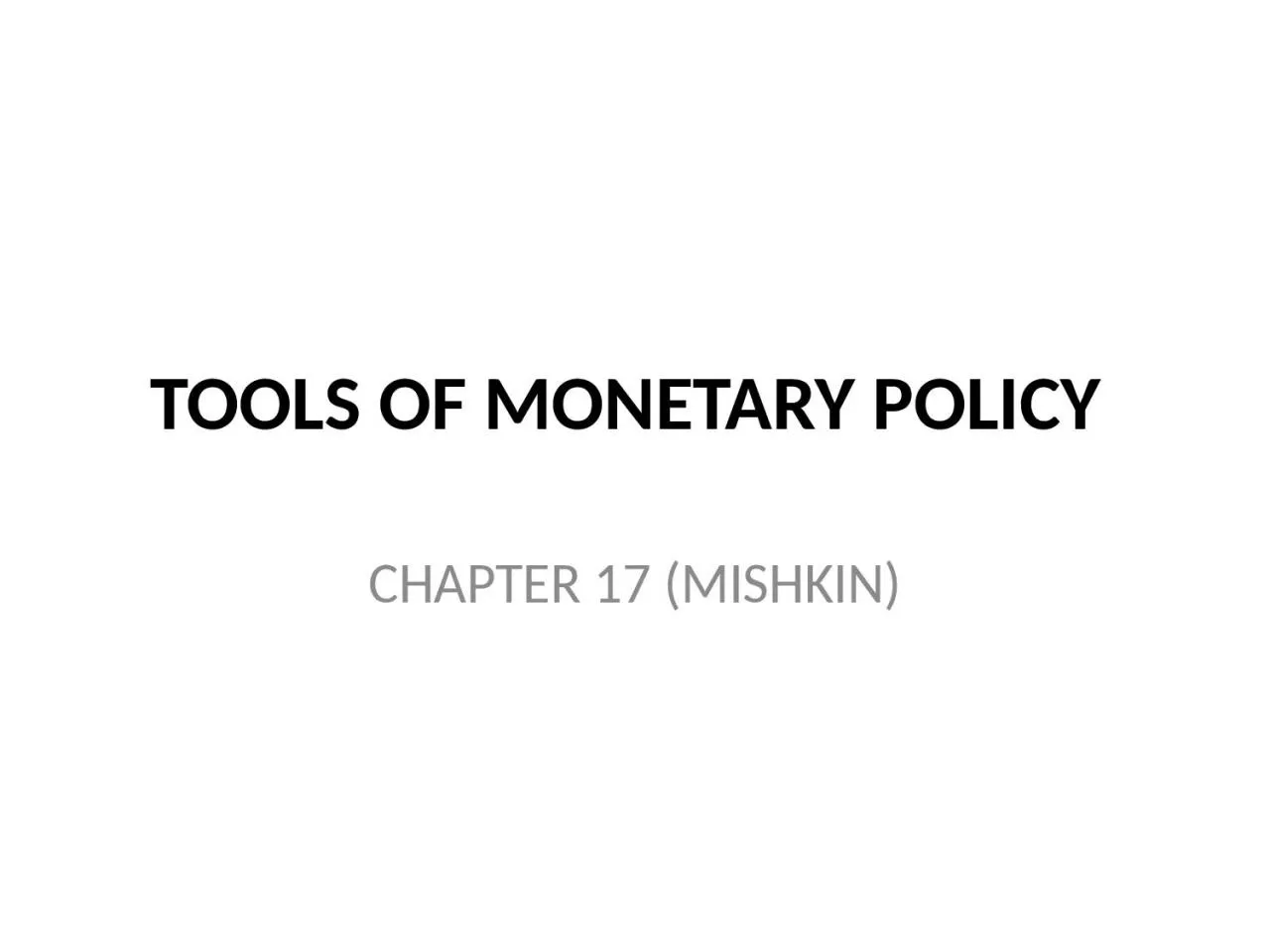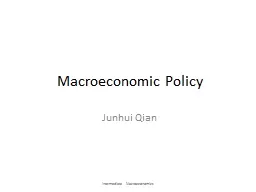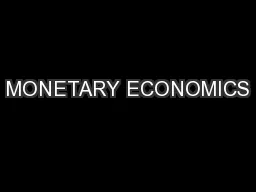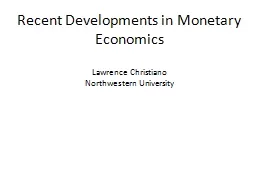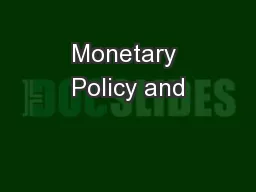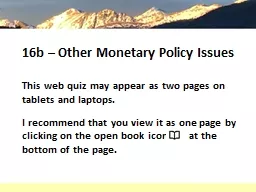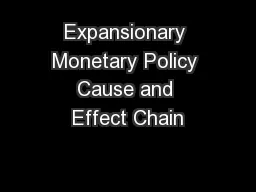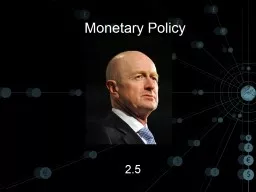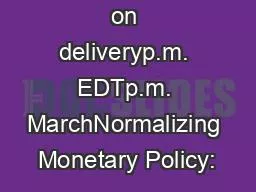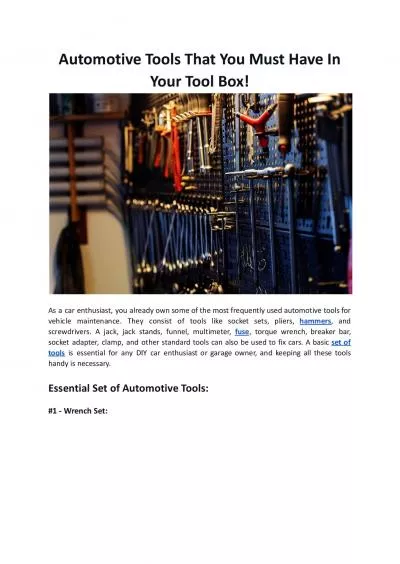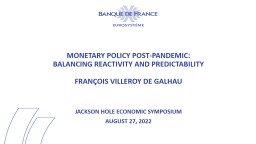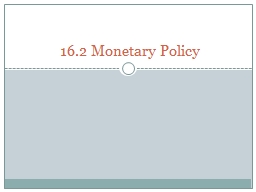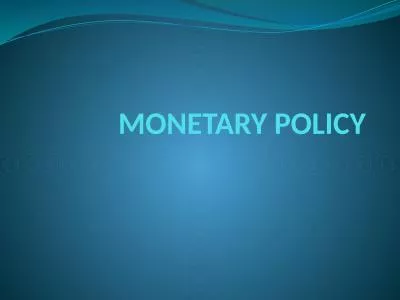PPT-TOOLS OF MONETARY POLICY
Author : belinda | Published Date : 2023-11-05
CHAPTER 17 MISHKIN TOOLS OF MONETARY POLICY 3 policy tools that FED can use to manipulate the money supply and interest rate Open Market Operation which affect
Presentation Embed Code
Download Presentation
Download Presentation The PPT/PDF document "TOOLS OF MONETARY POLICY" is the property of its rightful owner. Permission is granted to download and print the materials on this website for personal, non-commercial use only, and to display it on your personal computer provided you do not modify the materials and that you retain all copyright notices contained in the materials. By downloading content from our website, you accept the terms of this agreement.
TOOLS OF MONETARY POLICY: Transcript
Download Rules Of Document
"TOOLS OF MONETARY POLICY"The content belongs to its owner. You may download and print it for personal use, without modification, and keep all copyright notices. By downloading, you agree to these terms.
Related Documents

